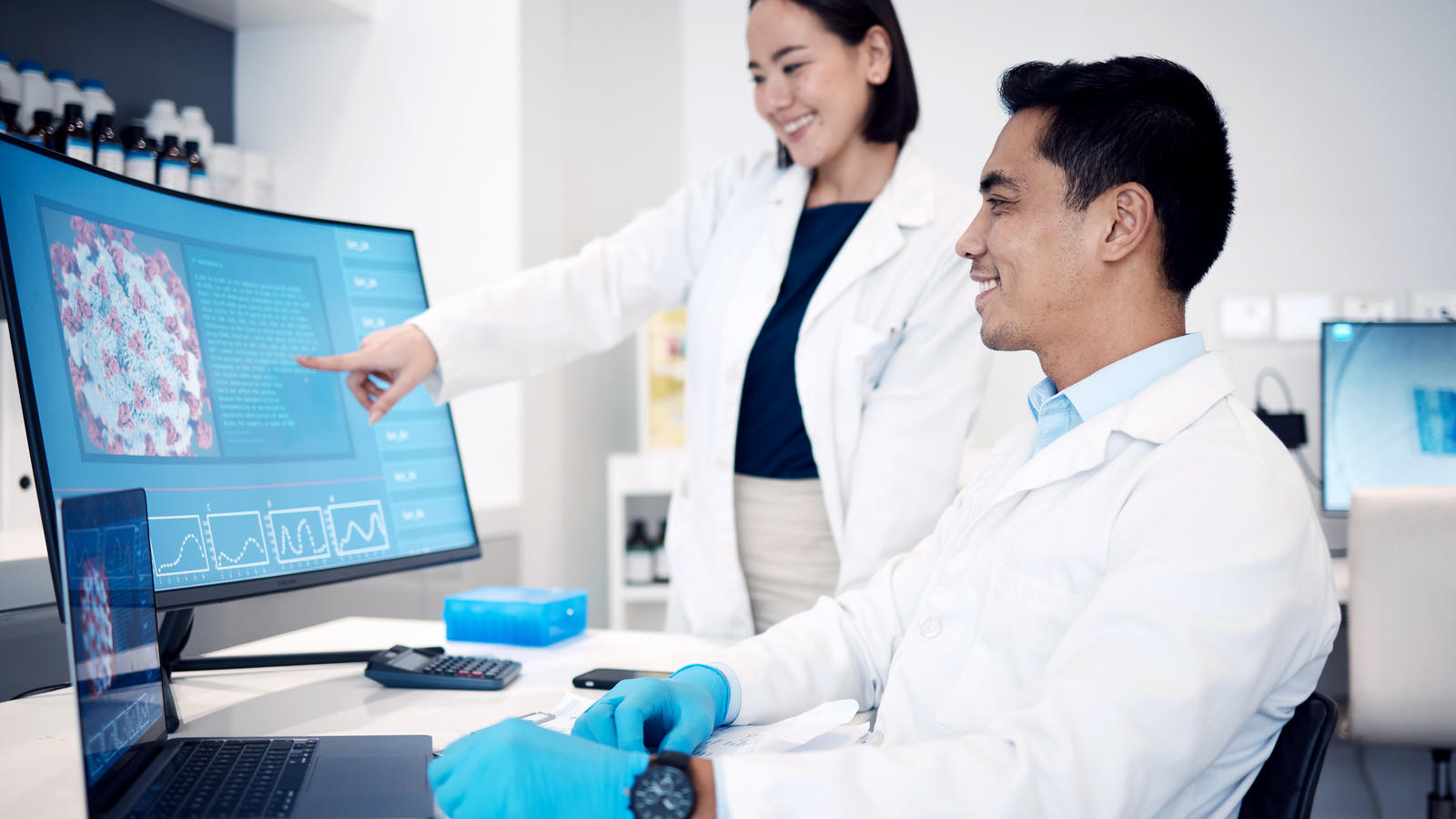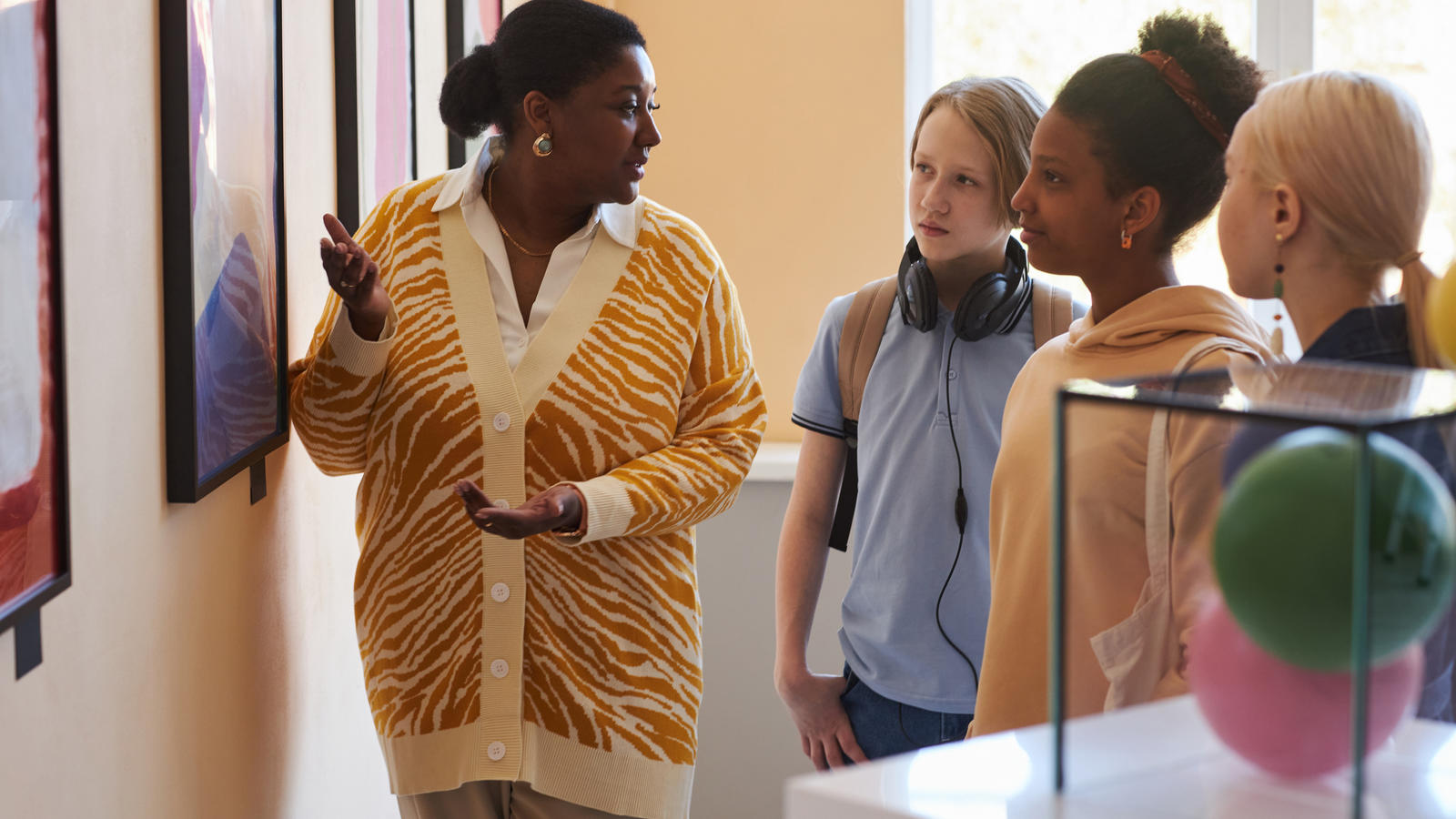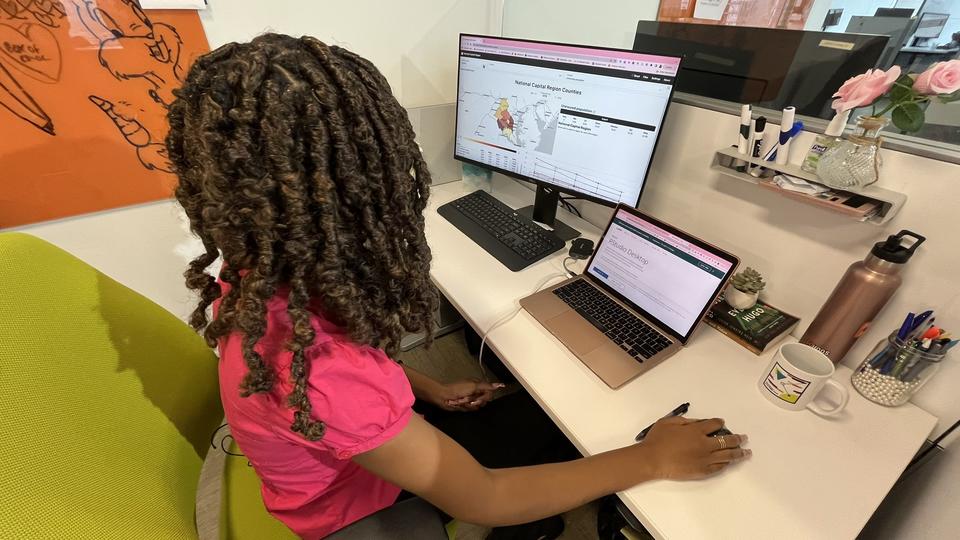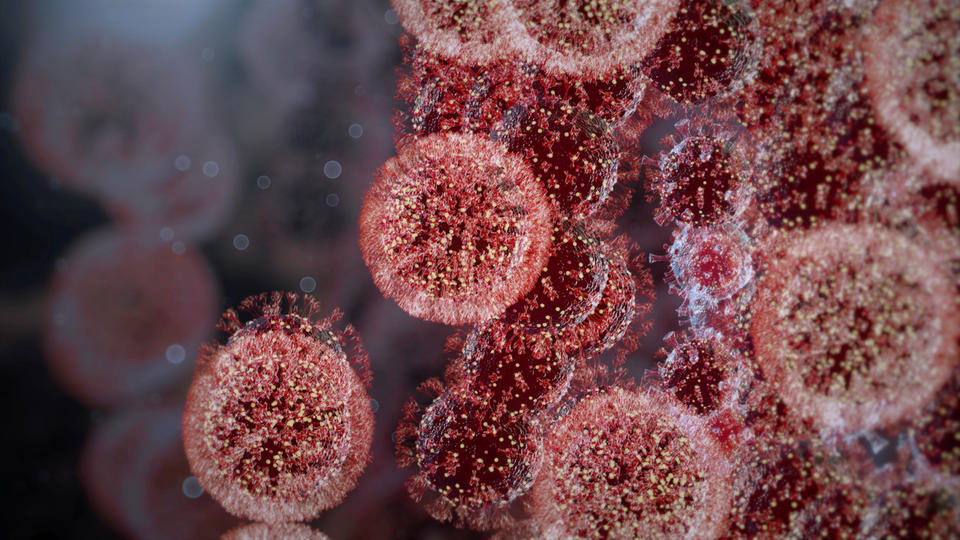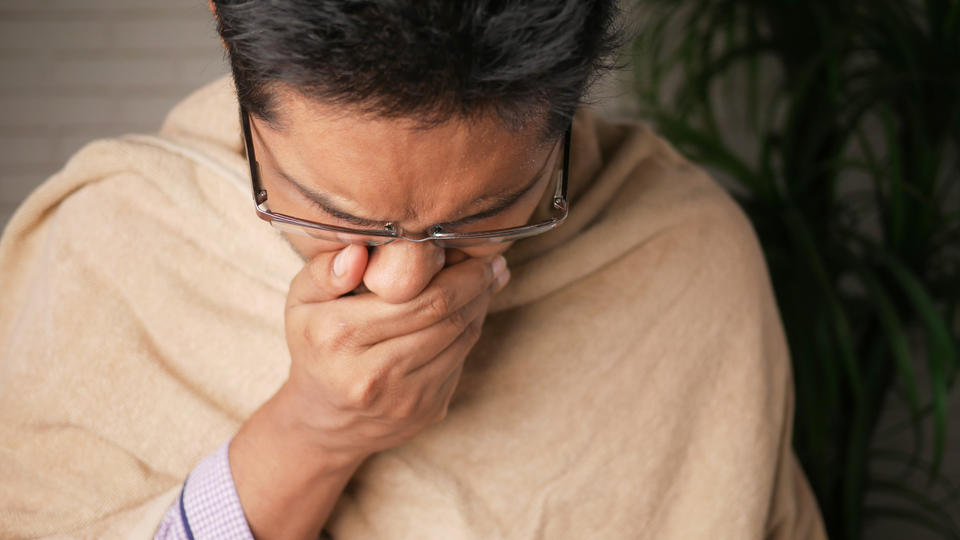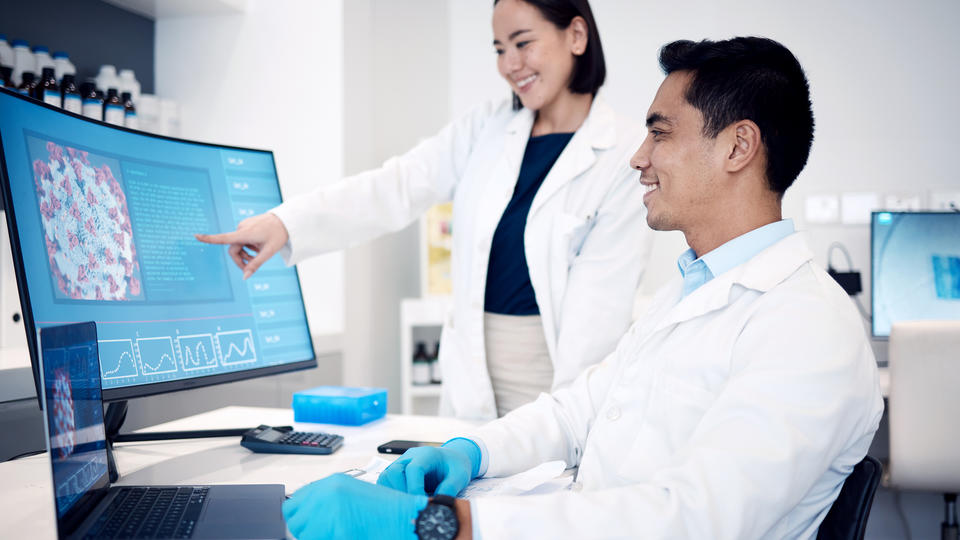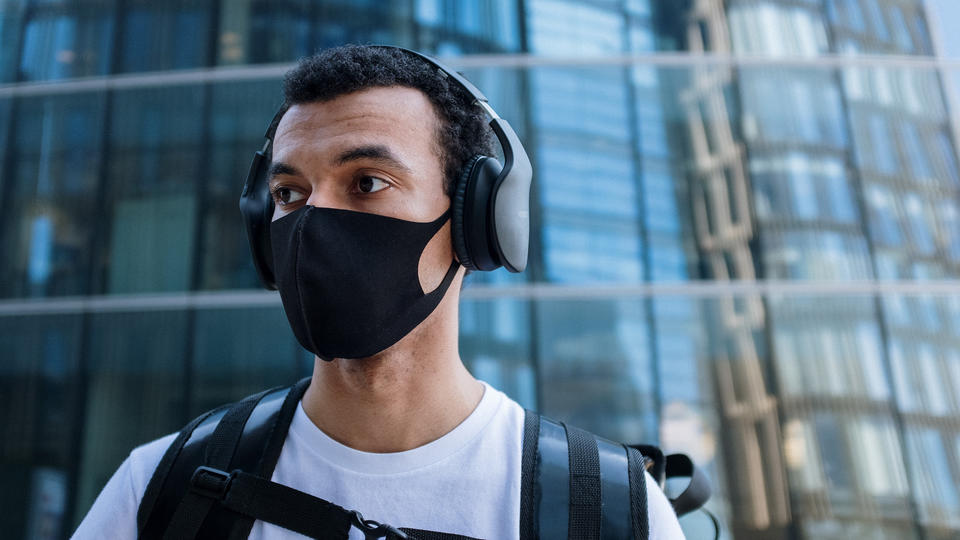News
News Stories
Infectious pathogens in bacteria, viruses, fungi, and parasites naturally evolve over time. As they do, they can develop antimicrobial resistance (AMR) to available medicines. When this happens, antibiotics and other antimicrobial medicines lose efficacy and these infections become more difficult to treat, increasing the likelihood of disease spread, severity, and death.
Computing for Global Challenges Symposium Highlights Students' Efforts in Tackling Global Challenges
Excitement filled the air at the 2023 Computing for Global Challenges (C4GC) Symposium on Thursday, July 27th. Over the span of eight weeks, students representing diverse collegiate institutions worked with mentors from the Biocomplexity Institute (BI) on projects embracing real-world challenges and questions.
DSPG Young Scholars, now in its 10th year, brings undergraduate and graduate students together from across the country for 10 weeks throughout the summer to engage with research projects that address local, state, and federal government challenges around critical social issues.
The UVA Biocomplexity Institute would like to congratulate Swapna Thorve, postdoctoral research associate in the Network Systems Science and Advanced Computing (NSSAC) Division, for being selected as the 2023 National Center for Women & Information Technology (NCWIT) Graduate Collegiate Award winner.
Biocomplexity Institute’s Marathe Receives Honorary Doctorate from Chalmers University of Technology
Professor Madhav Marathe has been awarded an honorary doctorate by Chalmers University, a highly regarded Swedish university of technology.
Since early July, Virginia’s COVID-19 case counts have remained relatively stable, with an average of around 3,000 new infections reported every day. But over the same time period, hospitalizations have risen, with more than 800 inpatients as of Wednesday, according to data from the Virginia Hospital and Healthcare Association.

Many aspects of the research enterprise are rapidly changing to be more open, accessible, and supportive of rapid-response investigations (e.g., understanding COVID-19) and large cross-national research that addresses complex challenges (e.g., supply chain issues). Around the globe, there have been aggressive responses to the need for a unified open research commons (ORC)—an interoperable collection of data and compute resources within both the public and private sectors that is easy to use and accessible to all. Many nations are positioning themselves to be scientifically competitive in the years to come. But the US is falling behind in the accessibility and connectedness of its research computing and data infrastructure, compromising competitiveness and leadership and limiting global science that could benefit from US contributions.
Paper published in PNAS outlines a multi-contagion framework that intertwines a threshold social contagion model with an epidemic model to investigate the interrelated dynamics between mask-wearing and disease.

